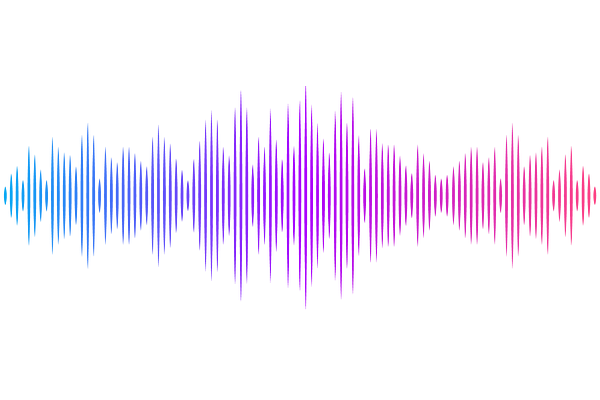PI3Kγ pathway contributes to neuroinflammation and neuronal death induced by Zika virus infection

PI3Kγ pathway contributes to neuroinflammation and neuronal death induced by Zika virus infection
Teixeira, D. C.; Campolina-Silva, G.; Marim, F. M.; Santos, F. R. d. S.; Queiroz-Junior, C. M.; Costa, P. A. C.; Tana, F. d. L.; Costa-Souza, L. P.; Pimenta, J. C.; Carvalho, J. G.; Beltrami, V. A.; Rocha, F. E. O.; Vieira, D. V.; Dornelas, E. G.; Ferreira, G. C.; Dias, F. F.; Guimaraes, P. P. G.; Ribas, V. T.; Teixeira, A. L.; Miranda, A. S.; Teixeira, M. M.; Souza, D. d. G.; Costa, V. V.
AbstractZika virus (ZIKV) is an emerging arbovirus belonging to the Flaviviridae family and Orthoflavivirus genus, with a pronounced tropism for the central nervous system (CNS), where it induces neuroinflammation and neuronal death. ZIKV is known to exploit host cellular mechanisms, including the activation of survival pathways such as the PI3K/AKT signaling cascade, to evade apoptosis and enhance its replication. The phosphatidylinositol 3-kinase {gamma} (PI3K{gamma}) pathway regulates critical cellular processes, including differentiation, recruitment, and survival, and is abundantly expressed in both brain tissue and leukocytes. This study aimed to investigate the role of the PI3K{gamma} pathway during ZIKV infection. Primary neuronal cultures from PI3K{gamma}-deficient mice (PI3K{gamma}kd/kd) and human neuroblastoma SH-SY5Y cells treated with the PI3K{gamma} inhibitor AS605240 were infected with ZIKV to assess the impact of PI3K{gamma} signaling on viral replication and neuronal survival. Additionally, interferon /{beta} receptor knockout (A129) mice were treated with AS605240 either before or after ZIKV infection to evaluate the pathway\'s role in neuroinflammation. In vitro, both genetic ablation and pharmacological inhibition of PI3K{gamma} suppressed ZIKV replication and prevented neuronal death. In vivo, mice treated with the PI3K{gamma} inhibitor exhibited enhanced protection against ZIKV infection, characterized by reduced viral load, and diminished brain and optic nerve damage. This neuroprotective effect correlated with altered astrocyte and microglia activation, marked by reduced TNF production in microglia. Furthermore, inhibition of PI3K{gamma} curtailed the recruitment and activation of CD8+ T cells and decreased the production of pro-inflammatory mediators, including IFN-{gamma} and IL-17, in the brains of ZIKV-infected mice. These findings suggest that PI3K{gamma} activation facilitates ZIKV infection and exacerbates neuroinflammation. Pharmacological inhibition of the PI3K{gamma} pathway may offer therapeutic benefits by limiting viral replication and alleviating neuroinflammatory responses during ZIKV infection.